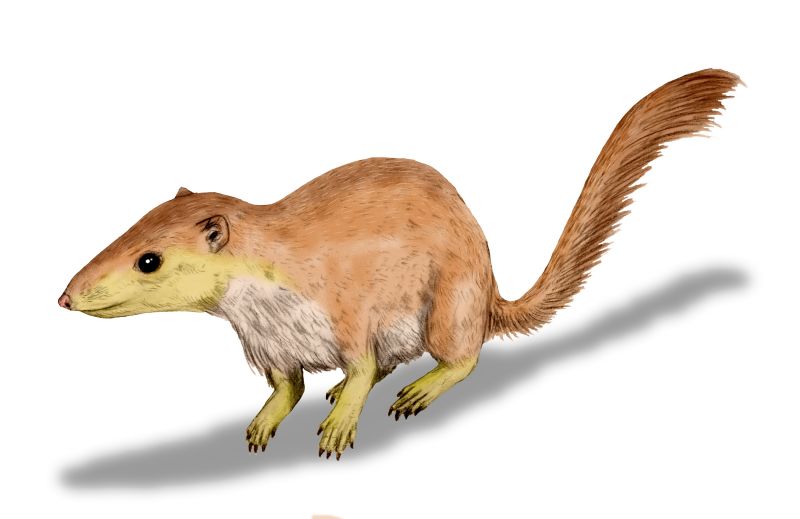

| Visitors Now: | |
| Total Visits: | |
| Total Stories: |

| Story Views | |
| Now: | |
| Last Hour: | |
| Last 24 Hours: | |
| Total: | |
Oldest Primate Lived In Trees After The Extinction Of Dinosaurs

Analysis of these new fossils has led paleontologists Stephen Chester of Yale University, Jonathan Bloch of the Florida Museum of Natural History, and William Clemens of the University of California Museum of Paleontology to conclude that Purgatorius had an ankle joint with a fairly wide range of motion. This type of ankle is characteristic of tree-living animals that can adjust their feet to uneven branches and trunks when climbing.
“The way in which the earliest primates lived has been a subject of great debate for many years, but these fossils are the first direct evidence that show that these primates spent most of their time in the trees following their divergence from other mammals in the earliest Paleocene,” said Chester.
The authors of this study believe that the specialized ankle bones of Purgatorius likely played a key role in the evolutionary success of early primates. “These new fossils support the idea that the first 10 million years of primate evolution happened in the context of an intense period of similar diversification in flowering plants, including the ability to climb in branches and collect fruits and other products of the trees at the very beginning,” said Bloch. Many other mammals living during the earliest
Paleocene were land-dwelling, and by living in the trees, Purgatorius was able to exploit new resources in its environment.
Ongoing expeditions to northeastern Montana led by Clemens, Greg Wilson from the University of Washington, and colleagues from other institutions continue to yield important fossils and geological information documenting the pattern of change of the fauna and flora some 65 million years ago. “The new ankle bones are an extraordinary discovery. We plan to continue research in Montana in order to address other critical questions about causes of the mass extinction as well as the origin of primates and other animals that characterize the beginning of the age of mammals,” said Clemens.
Contacts and sources:
Prepared by members of the SVP Media Liaison Committee for use at the SVP 72nd Annual Meeting.
Society of Vertebrate Paleontology
Founded in 1940 by thirty-four paleontologists, the Society now has more than 2,300 members representing professionals, students, artists, preparators and others interested in Vertebrate Paleontology. It is organized exclusively for educational and scientific purposes, with the object of advancing the science of Vertebrate Paleontology.
Stephen Chester
Ph.D. Candidate
Department of Anthropology
Yale University
Jonathan Bloch
Associate Curator of Vertebrate Paleontology
University of Florida
Florida Museum of Natural History
William Clemens
Curator and Professor Emeritus
University of California, Berkeley
University of California Museum of Paleontology


